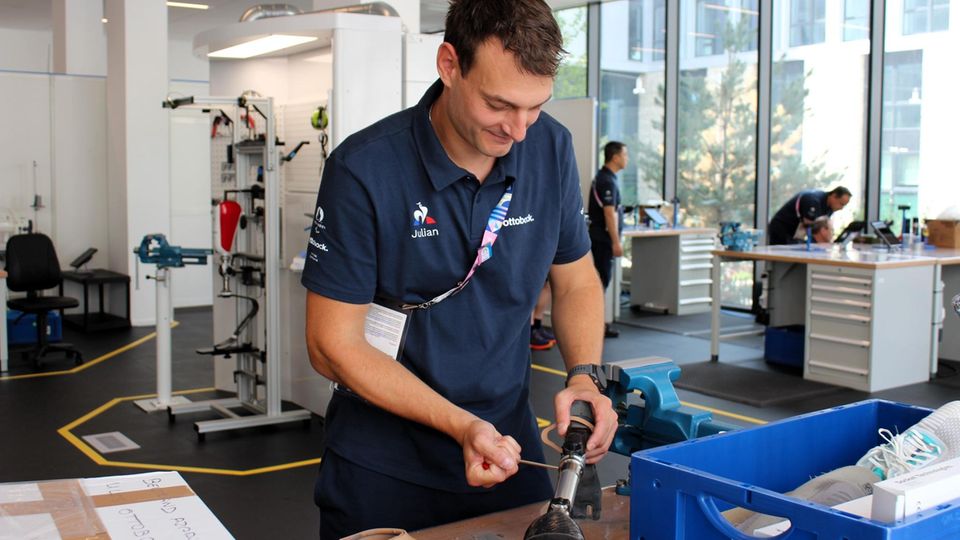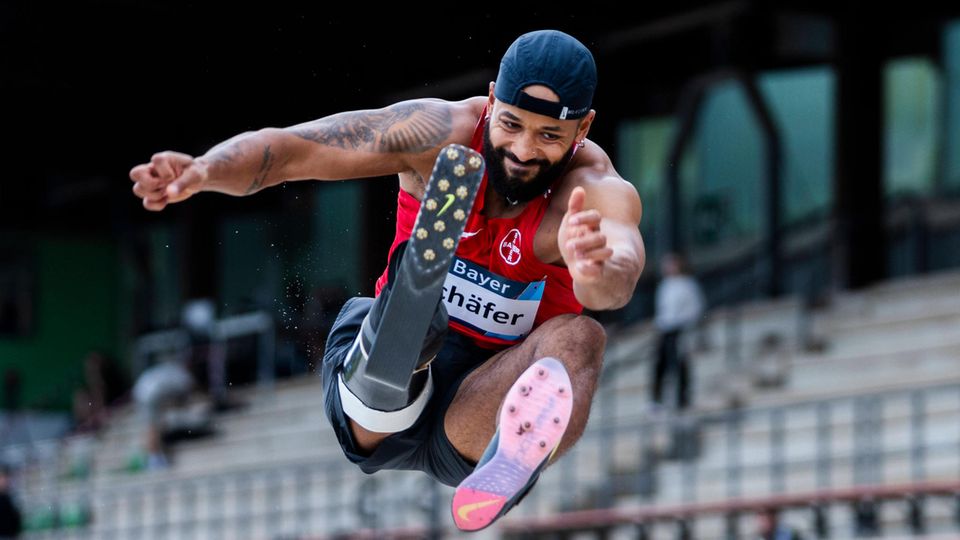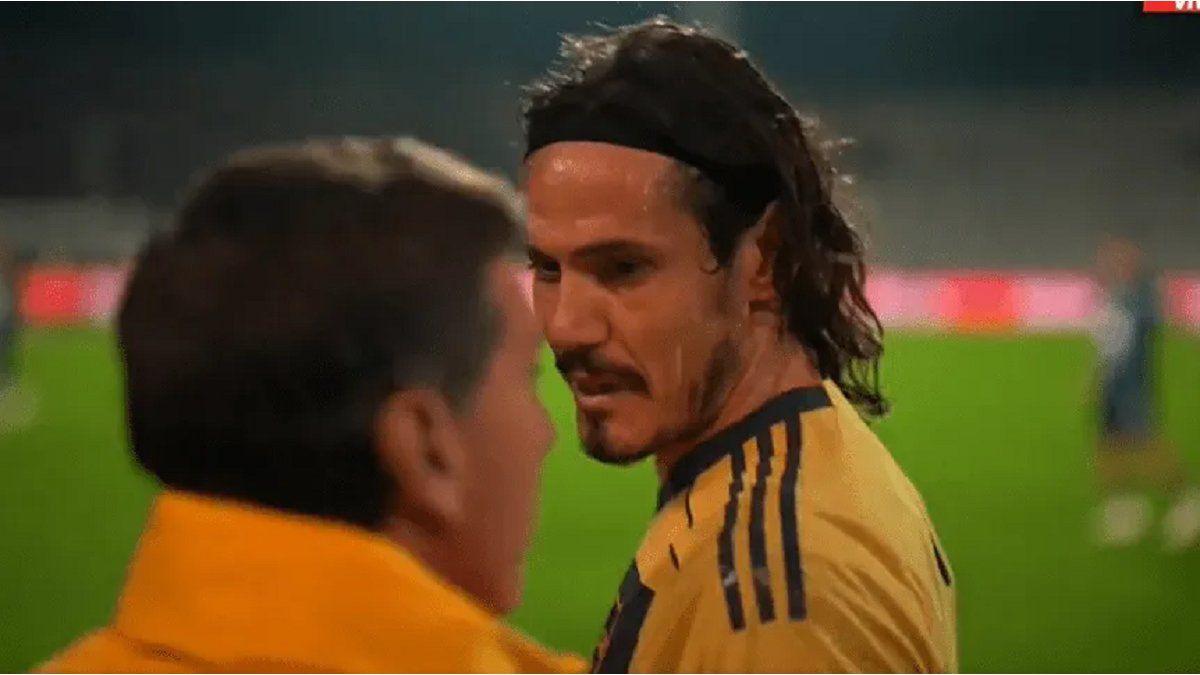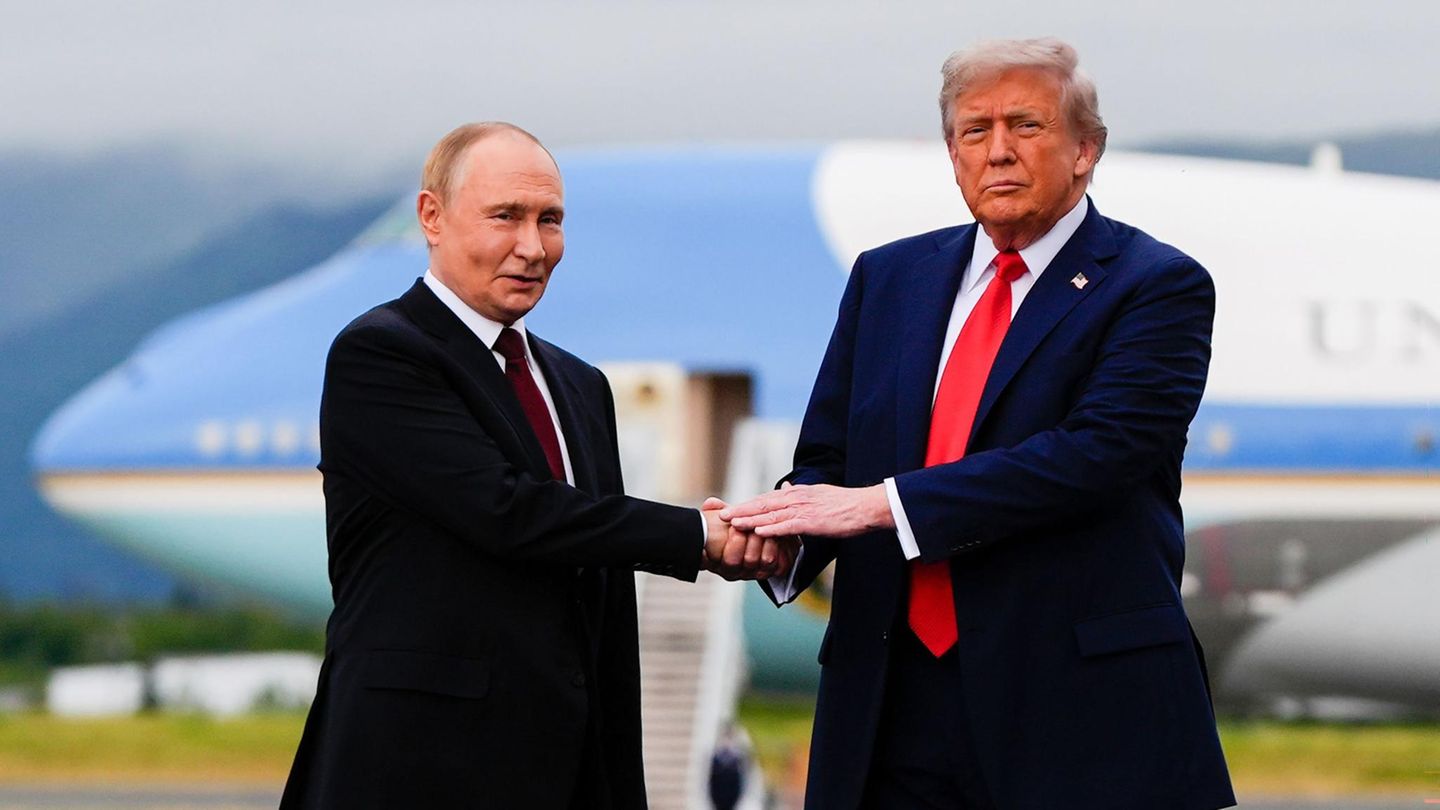High-tech methods and quick repairs of sports prostheses are crucial to the success of Paralympic athletes. Spectators in Paris can hope for new records.
When Belgian wheelchair sprinter Peter Genyn wanted to defend his title in the 100-meter final at the 2021 Paralympics in Tokyo, he was shocked 45 minutes before the race: his wheelchair had three flat tires and a damaged frame. Sabotage. What initially seemed like the end of his participation was averted at the last minute by a dedicated team. The tires were replaced, a new frame organized and the seat temporarily attached with adhesive tape. “We took parts from different wheelchairs. The whole team worked together. It was indescribable,” Genyn reported in an interview with “Sportschau”. He won the race and with it his second Paralympic gold.
The fact that this was possible is no coincidence, but the result of the commitment of hundreds of employees in the Paralympic workshop, who repair up to 200 prostheses, wheelchairs and other equipment every day.
At the Paralympics, most athletes rely on technical aids. Since 1988, the German orthopedic technology company Ottobock has been ensuring that the equipment functions perfectly. With over 160 experts from more than 40 countries, the company looks after the equipment of the 4,400 athletes and repairs not only its own products, but also devices from other manufacturers. It has a large number of spare parts on site to carry out repairs.
From 3D printing to welding technology
In the workshop operated by Ottobock, body parts can be scanned and then the special fitting parts can be printed out in the 3D printer. But not everything is digitalized. Traditional repairs are just as important as the 3D printer. The workshop has a thermoplastics department that processes materials such as plastics, a welding system for metals such as aluminum, steel and titanium, and a tailoring shop for textiles. Repairs from wheelchair tires to high-precision prosthetic adjustments are carried out here. Thousands of prostheses are in stock in the warehouse to ensure quick and efficient adjustments.
Between high-tech optimization and strict rules
In contrast to everyday prostheses, where the appearance and inconspicuous appearance are important, such aesthetic aspects play no role in sports prostheses. Here, performance and functionality are the main focus. Sports prostheses have to meet extreme requirements: While everyday prostheses sometimes carry two to three times the body weight, in professional competitions such as running and jumping, this can be five times as much. “To enable athletes to achieve these top performances, every detail is optimized. Anything that is not absolutely necessary is left out. Every screw is weighed to save weight where possible and to maximize aerodynamics,” explains master orthopedic technician Julian Napp in an interview with starSports prostheses are usually made of compressed carbon. This is biomechanically designed to enable optimal energy return and thus help athletes to achieve better performance and higher speed.
Nevertheless, there are clear limits: While para-athletes can use digital high-tech systems with sensors and AI-supported software to analyze and optimize their movements during training, sports prostheses can only be moved by muscular forces during competition. Athletes who support their prostheses with electronic aids during competition would be disqualified. This rule is strictly enforced, as Julian Napp explains.

How the performance of athletes is compared
Since athletes with different types and degrees of disabilities often compete in the same event, it is crucial to have clear rules to ensure a fair playing field. Classifying athletes ensures that they compete against each other according to their abilities to provide equal opportunities.
For example, the number of spikes on the soles of the prostheses and the length of the prostheses are determined using a precise measurement system. For double amputees who have no legs and want to take part in running competitions, the potential height without disability is calculated using arm length and wingspan. This ensures that the leg prostheses are no longer than the athletes’ legs would be if they had developed naturally. This means that the use of the prostheses creates neither an advantage nor a disadvantage.
However, there are no such controls for athletes with unilateral amputations. In these cases, the prosthetic body parts must be precisely adapted to the remaining natural body part, explains Napp. A different adaptation would actually put the athlete at a disadvantage.
The development of parasports in recent decades
In the last ten to 20 years, there have been only limited material developments in the field of sports prostheses. The real innovation in parasports lies in the further development of the sport itself. While certain developments have long been established in conventional competitive sports, they have only recently gained a foothold in parasports. The focus is on the professionalization of athletes and the improvement of training conditions. One example of this is the newly founded junior centers for para-athletes, which were unthinkable a few years ago. These centers offer young talents the opportunity to try things out and enable coaches to develop new training methods together with their athletes. Technology also benefits from this professionalization: prostheses can be adapted more and more precisely to the individual needs of athletes, which leads to further sporting success.
An example of this progress can be seen in the comparison between the German long jumpers Heinrich Popow and Léon Schäfer. While Popow won gold in the category for transfemoral amputees in Rio in 2016 with a jump of 6.42 meters, just four years later Schäfer became the first transfemoral amputee to surpass the 7-meter mark with a jump of 7.24 meters – a groundbreaking achievement in para-sports. Recently, the Dutchman Joel de Jong set new standards with an impressive world record of 7.76 meters, pushing the favorite for the Paris Paralympics, Léon Schäfer, out of the spotlight.

“Para-athletes are a product of chance”
Despite the technical advances and efforts in parasports, access to sport remains a privilege for many people with disabilities that only a few can afford. Heinrich Popow therefore describes para-athletes as a “product of chance” because the path to success depends heavily on financial opportunities. Prostheses are either financed by sponsors or have to be paid for by the athletes themselves, which makes participation in sport impossible for many. Popow therefore calls for people with disabilities to be promoted and supported more so that success in sport does not depend on the athletes’ income.
Source: Stern
I am Pierce Boyd, a driven and ambitious professional working in the news industry. I have been writing for 24 Hours Worlds for over five years, specializing in sports section coverage. During my tenure at the publication, I have built an impressive portfolio of articles that has earned me a reputation as an experienced journalist and content creator.




